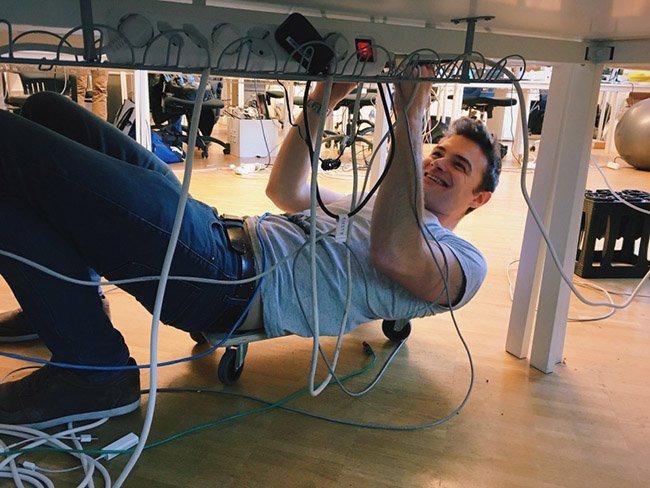Over the span of their careers, cabling and network professionals will encounter various Ethernet cabling standards. They range from the outdated Cat3 standard, to Cat5e, then all the way to today’s top-performance Cat8 standard for modern data centers. For today’s installations, Cat6 or Cat6a cables are the most commonplace. These cables are utilized for the connections of desktops, laptops, WiFi access points, and IoT (Internet of Things) devices.
For evaluating the cable types that will be required for an Ethernet cabling installation, there are several aspects to consider. It must be determined whether endpoints will need the faster speed and Power over Ethernet (PoE) capability offered by Cat6a, and if the handful of inconveniences are acceptable. The following will discuss the advantages and disadvantages of Cat6a in comparison to Cat6. In addition, several scenarios that make the additional expense and installation challenges of Cat6a worthwhile will be covered.
Cat6a Advantages
Speed is the primary advantage of Cat6a cabling over Cat6. Cat6 can run 10/100/1000BASE-T Ethernet at speeds attaining up to 1000 Mbps for a maximum length up to 100 meters. The advantage of Cat6a becomes apparent after transitioning to the newer 10GBASE-T standard. When running at 10 Gbps, Cat6 cabling can only be supported at a length of 37 to 55 meters. Most building access-layer networking closets are based on a maximum distance of 100 meters, so 37 to 55 meter runs will result in numerous cable pulls being short.
Cat6a cabling is the answer to distance limitations of Cat6 when implementing 10GBASE-T (10 Gigabit) Ethernet. On top of advantages in speed and distance,
Cat6a can handle frequencies up to 500 MHz and has noise canceling properties. These features result in better Ethernet performance and less interference.
Another Cat6a advantage is its ability to cope with greater levels of PoE output and it will not suffer performance degradation in contrast to Cat6. This quality is becoming increasingly important because endpoints like motion sensors, smart lighting, surveillance cameras, and WiFi access points all require additional power.
Part 2 will cover the Cat6a Disadvantages and Use Cases.
Progressive Office Cabling
Founded in 1986, Progressive Office’s success has been a direct result of years of commitment to seeking cost-effective solutions. Working together, Progressive teams are committed to getting your data cabling, access control, and telecom systems installed and operating while minimizing disruption and downtime. Call our toll free number (800) 614-4560 today.

